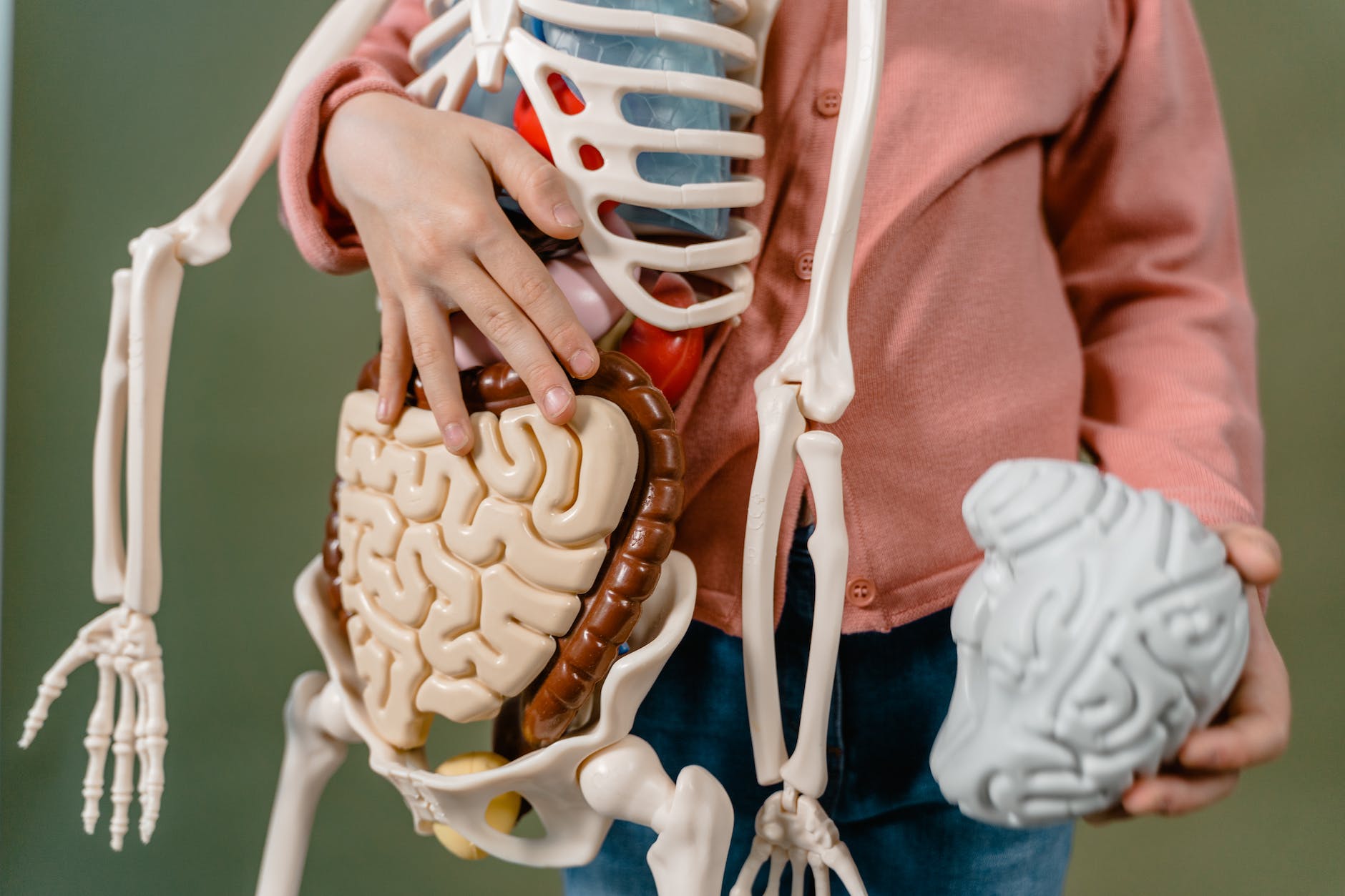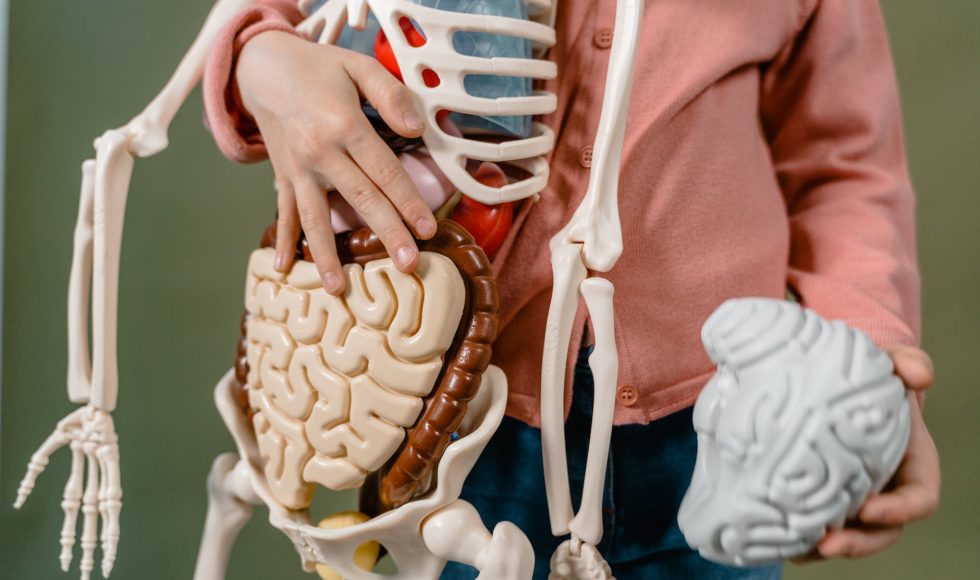Nicola Hall from the University of Oxford in the UK spoke at London Calling 2022 about “Multiplexed, long-read CaptureSeq identifies full-length transcript isoforms in the human brain.” I have been interested in CaptureSeq and this ten-minute session was intriguing. Hall and colleagues are interested in voltage-gated channels, but they have very low levels of RNA expression. Thus, they have to enrich… and human brains are a scarce resource. They have used PCR-target sequencing and capture sequencing. The PCR-targeted sequencing uses PCR to amplify a target and is highly specific. This approach can detect rare isoforms but won’t amplify transcripts with alternative ends! Capture sequencing uses probes to enrich sample for target genes. The probe panel that Hall is using has over 1,400 targets, and you can multiplex up to ten samples. Hall explained that long-read capture sequencing uses probes designed to cover the target. A pre-capture PCR and a barcoding step with PCR are performed. Hall did mention internal control probes are used and qPCR is used to measure enrichment of a subset of targets. The samples are then sequenced with the ligation sequencing kit. I was surprised by the number of steps and amplifications. Hall explained that the expression level of the target does affect the ability to enrich for it. Hall also explained that previous limitations to multiplexing have been overcome with more barcodes from Nanopore. RNA quality is a challenge from postmortem samples, but this approach is still able to enrich and detect novel isoforms.



